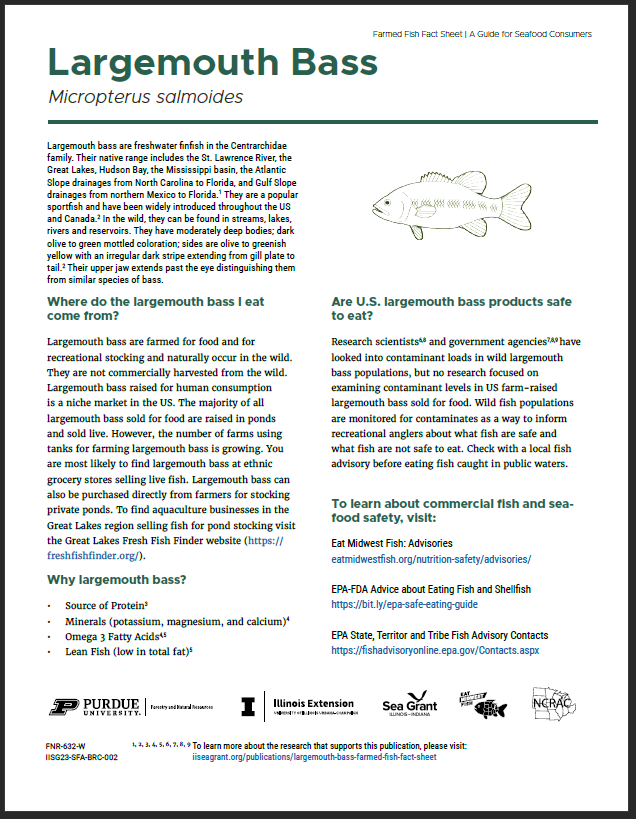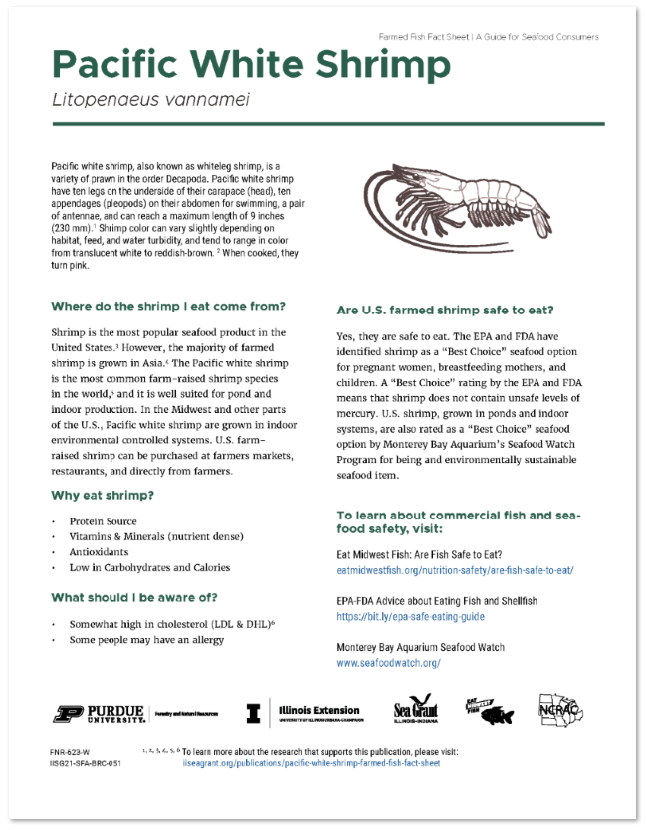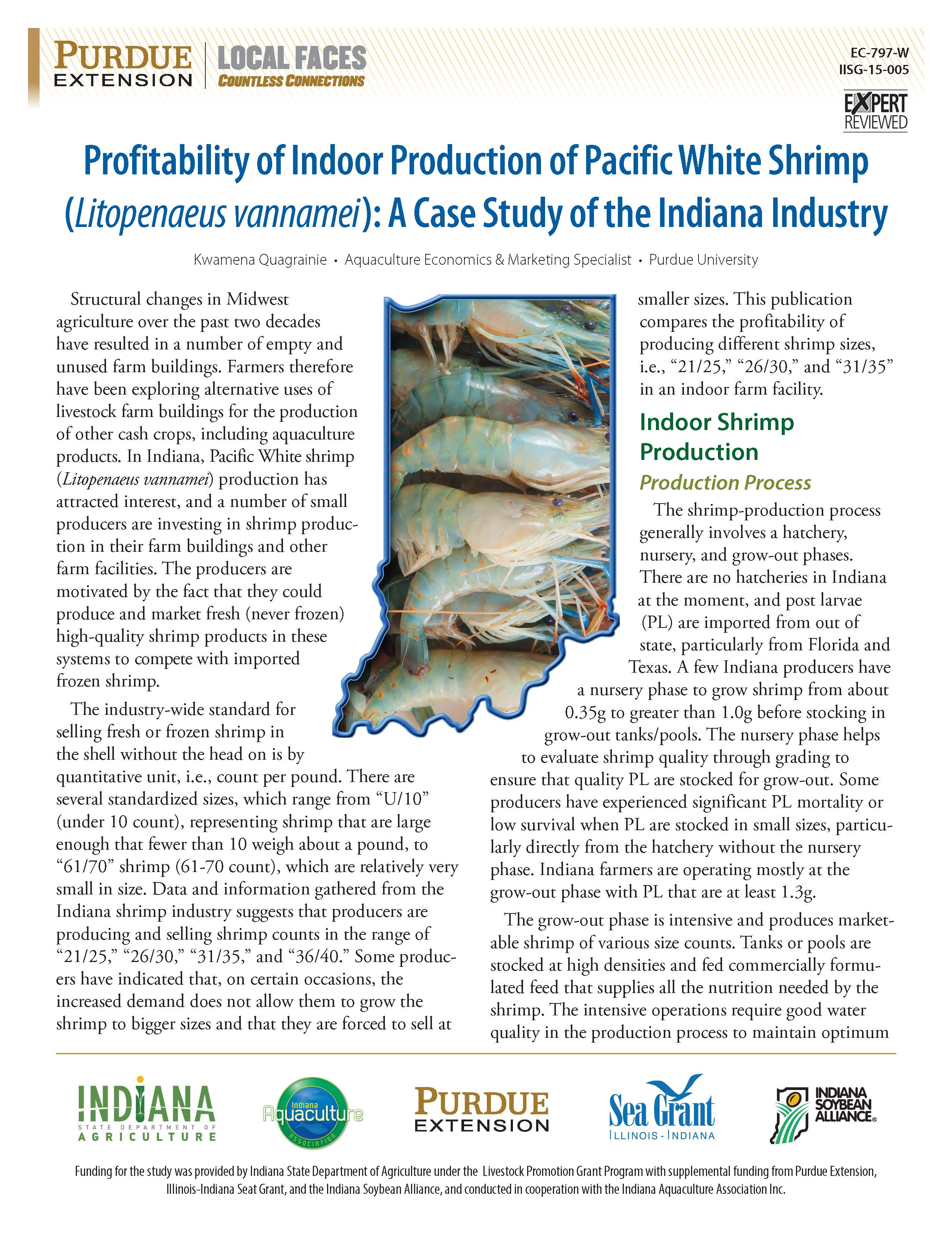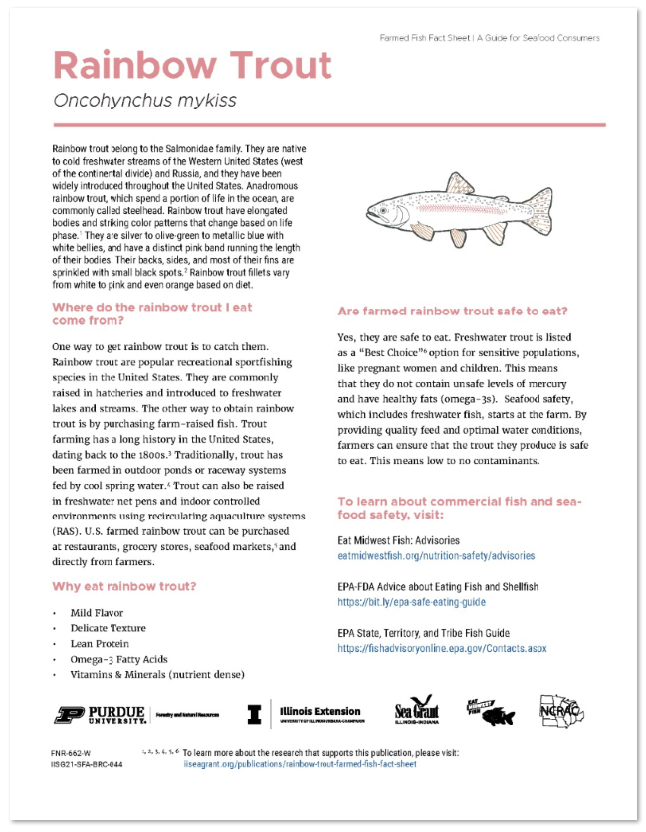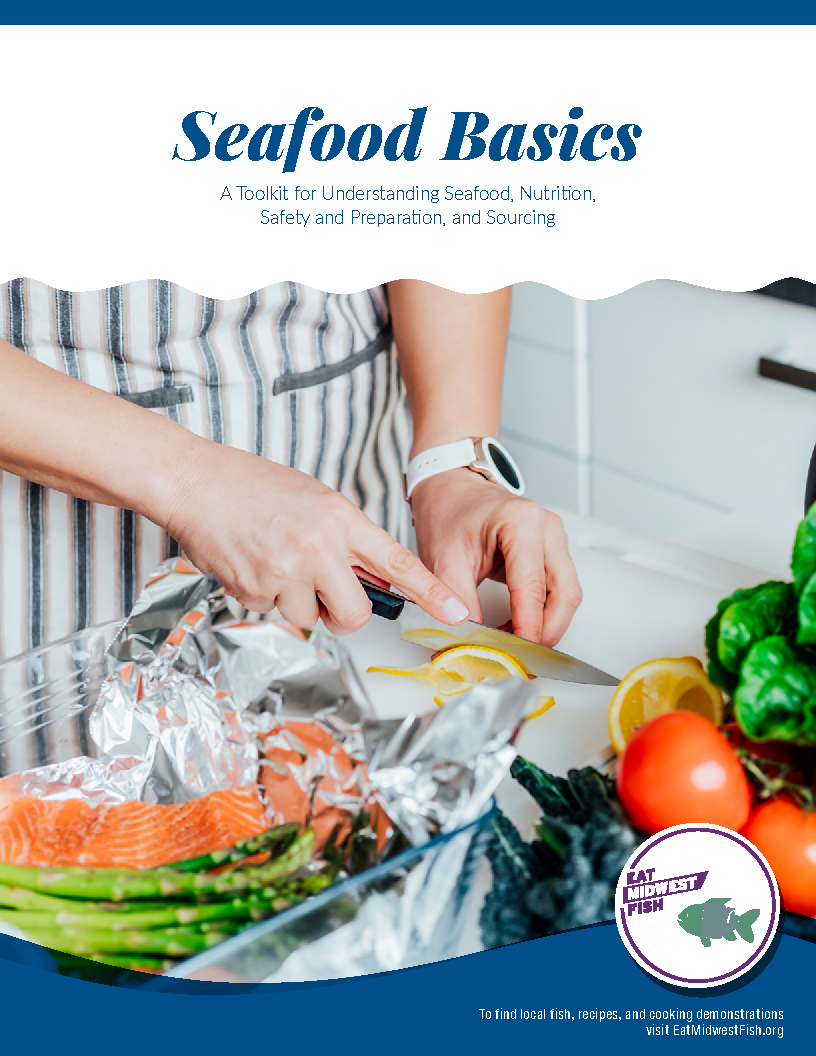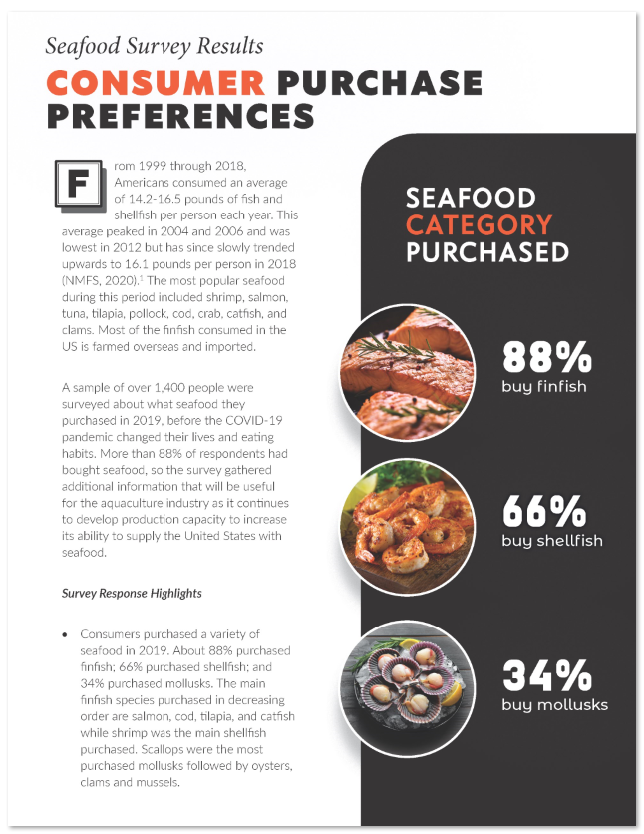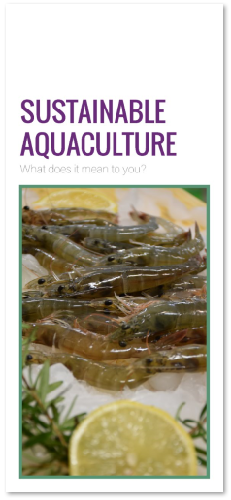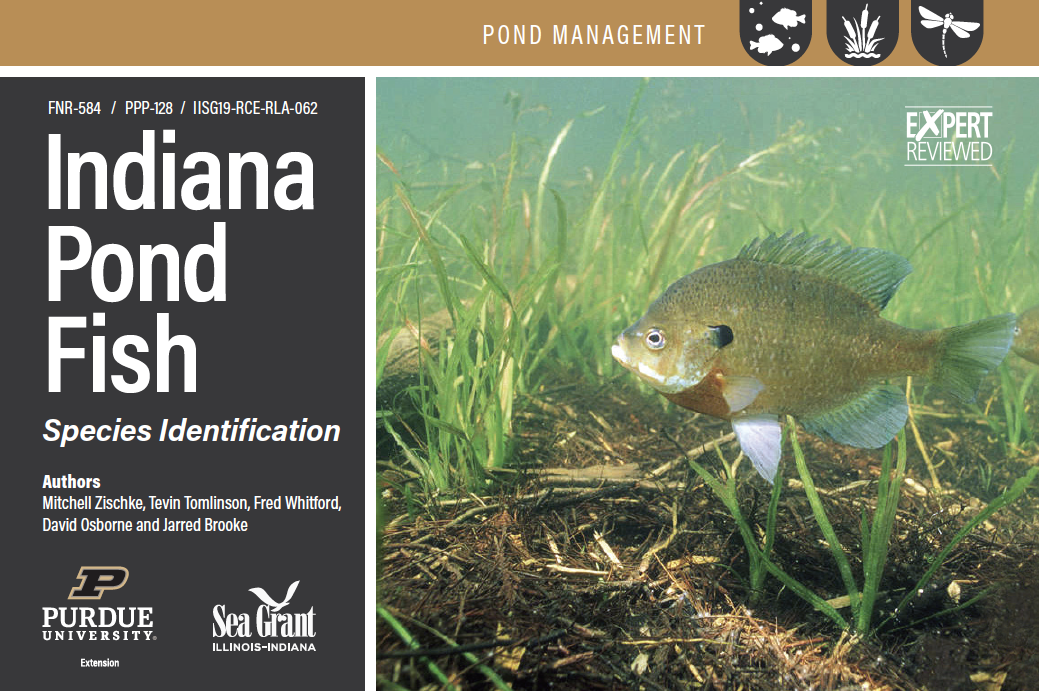
File Size:
This guide identifies commonly stocked fish and problem fish that may be encountered in Indiana ponds. It includes full-color pictures and information about sunfishes, other panfish, sport fish, catfishes and bullheads, carp, suckers and buffalo, and minnows and shiners.
For more information, visit https://mdc.itap.purdue.edu/item.asp?Item_Number=FNR-584

